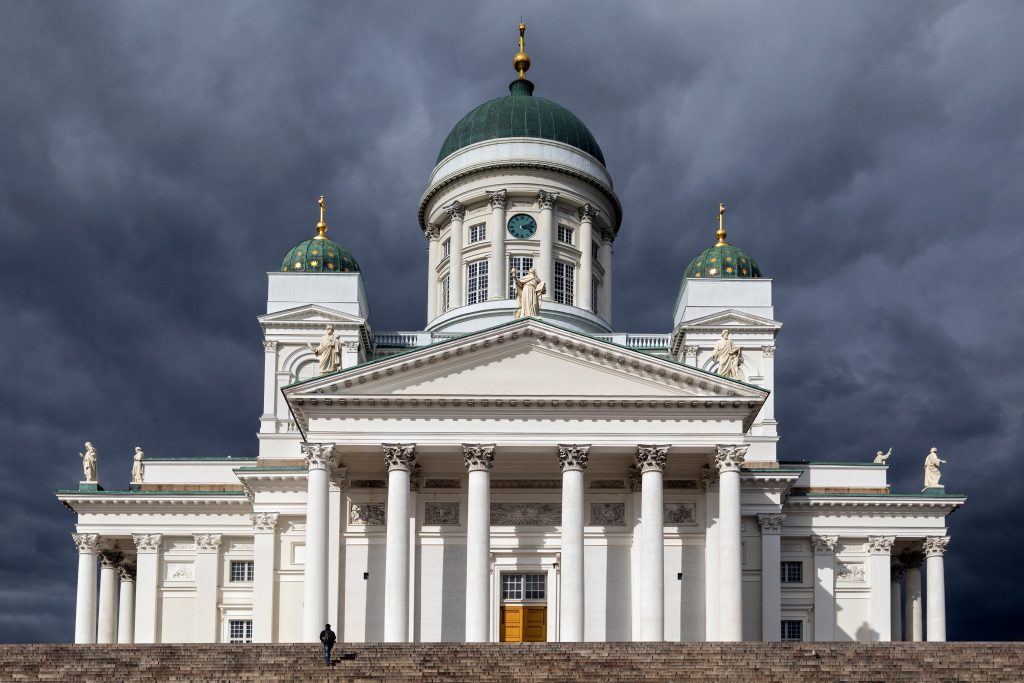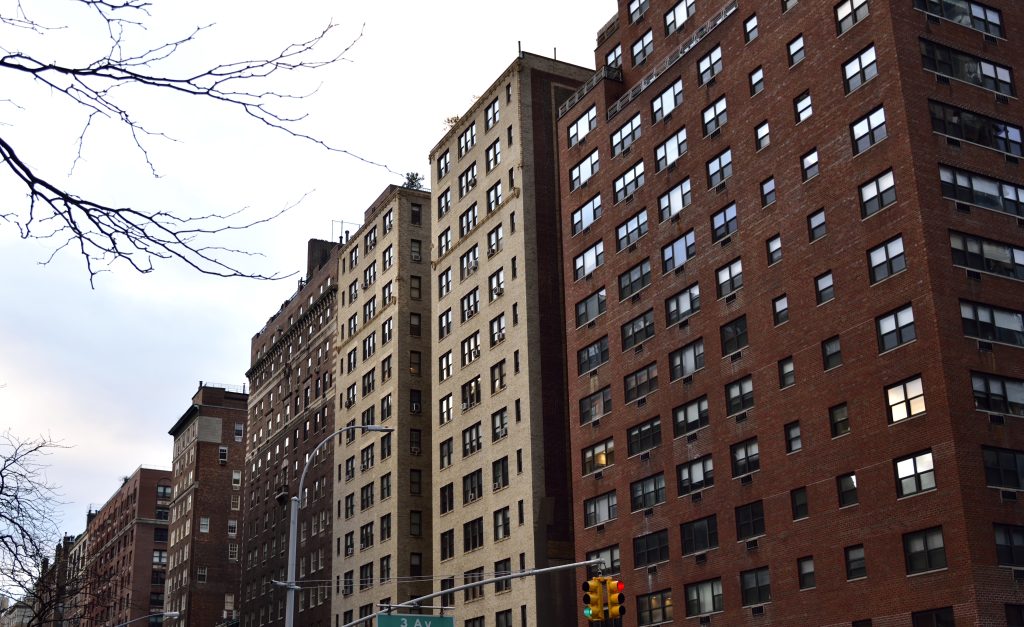Finnish education system is among the best ranked education systems in the world, with a strong emphasis on research and practical learning. The teaching methods used in Finland are innovative and progressive, with a focus on student-centred learning. Moreover, all top universities offer several English-taught programmes for international students making it a great study destination.
Finland is among best ranked education systems in the world, with a strong emphasis on research and practical learning.







WhatsApp us